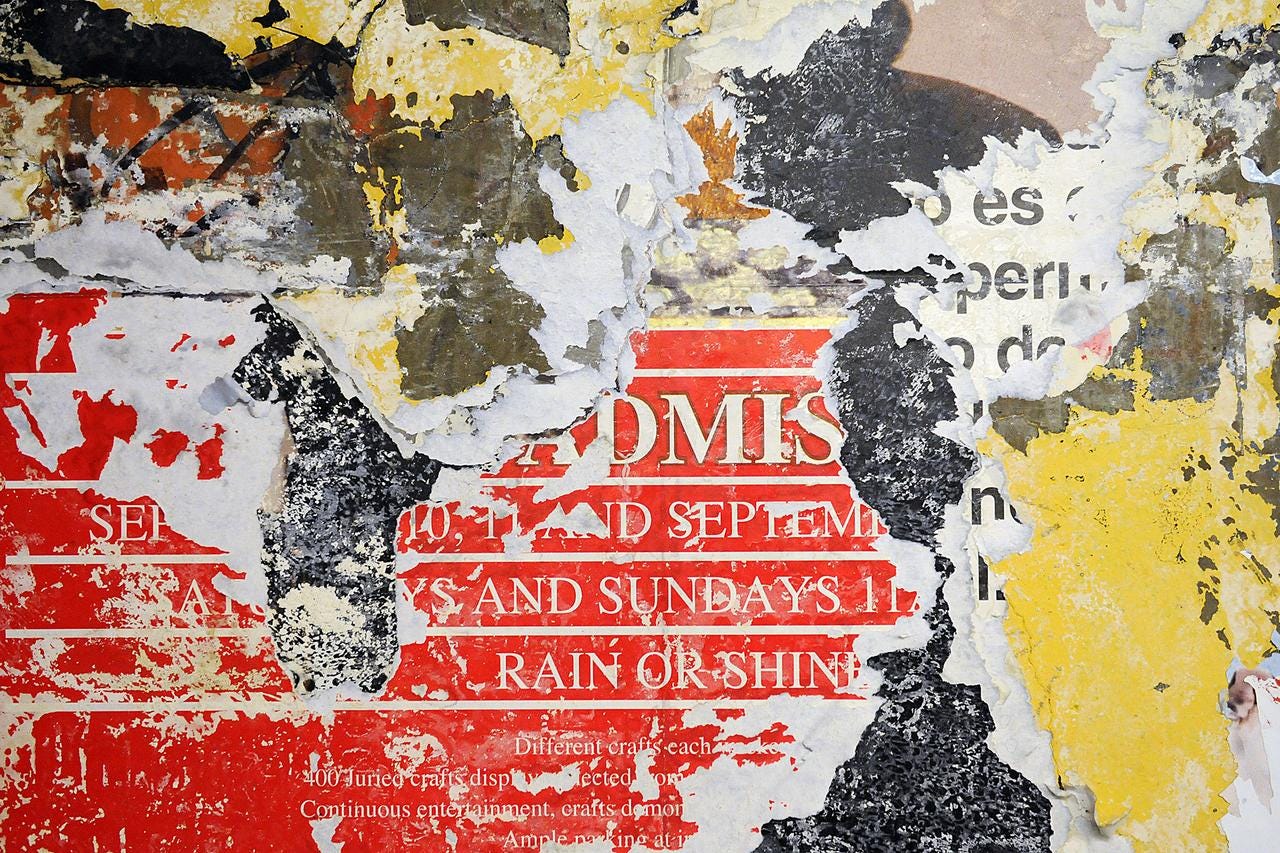Art of the Underground
Finding unexpected beauty in the decaying advertisements that line the walls of New York City’s subway system.
As a full-time reporter and photographer in New York City, I spend a lot of time taking the subway. While running from place to place, the eroded subway posters lining the walls of stations started to catch my eye. Many looked like abstract paintings, the textures and colors and lines almost perfectly placed.
I started to photograph ones that stood out to me, and as I traveled the city as a general assignment reporter for DNAInfo.com New York, I captured them for more than a year.
Photographing posters is nothing new, of course. Walker Evans famously made arresting shots of billboards back in the '30s. But my focus was less on the collage of images you often see and more on decayed subway posters as unintended abstract expressionist art.
Some remind me of specific artists like Mark Rothko or Jackson Pollock and others simply create beautiful movements, textures, color juxtapositions and intensity.
Keep reading with a 7-day free trial
Subscribe to Narratively to keep reading this post and get 7 days of free access to the full post archives.





